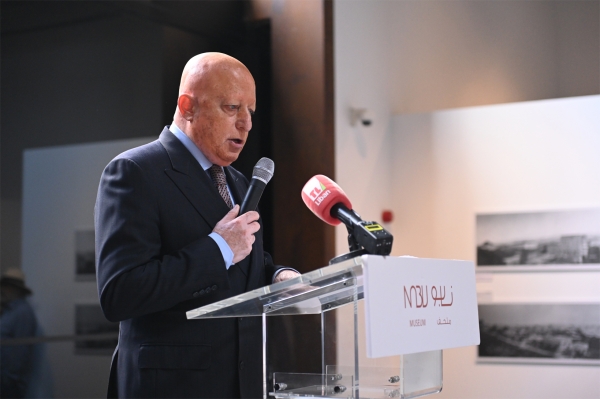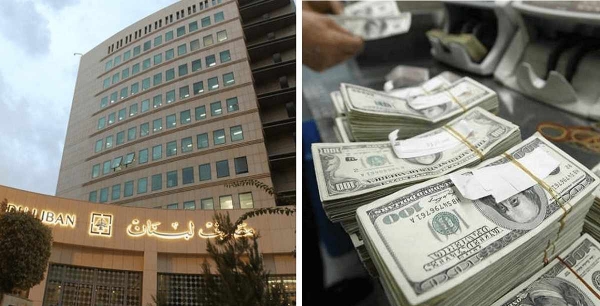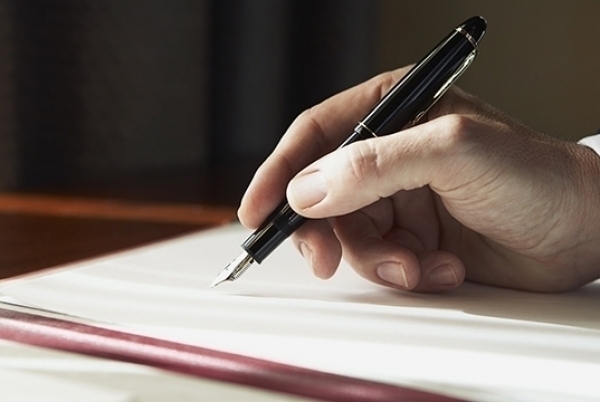Nabil Zantout-General Manager at IBC
Each suggestion has its pros and cons and comes with a plethora of financial and environmental impacts that must be taken into serious consideration before venturing into any action. Amidst these dissenting proposals, there were also quiet inaudible voices calling for following in the footsteps of the city of Saida, which has had a successful waste management experience at a low both financial and ecological cost.
On this experience, The Monthly interviewed Nabil Zantout, General Manager at IBC, a firm owning and operating the waste treatment plant in Saida and Zahrani.
Who is the owner of the company?
IBC is a Lebanese company including a number of private Lebanese and Saudi investors. It has no other branches neither inside Lebanon nor abroad.
When was the waste-treatment plant established in Saida?
The idea of the plant was conceived in 2002 following the formation of Saida’s notorious “trash mountain”. IBC was thus established in 2004 with a view to set up a plant to sort and treat refuse in the towns of Saida and the Zahrani. Working on the plant began in 2005 on a plot of land offered by the municipality and stretching across 38,000 m2. As soon as operations began, ownership over the land was transferred to the company. This land has never been and will never be used except for this purpose and it may not be put to other uses, such as tourism. Although scheduled for the end of 2007, operating the plant did not begin until five years later in 2012, because of delays in completing the contract with the Saida municipality and the Zahrani municipal union. The value of works amounted to roughly USD 45 million.
What was the reason that delayed the signing of the contract?
The contract was signed with Saida’s municipality and Zahrani’s municipal union in 2012 stipulating the sorting and treatment of refuse in Saida and 15 other municipalities in Zahrani. Around 300,000 to 350,000 people live across this area and produce 200 tons to 250 tons of waste every day.
The main contract clause established that the company should sort and treat 200 tons of waste on a daily basis, for 20 consecutive years, at no charge. For every ton exceeding this amount, the plant would be paid USD 44.
The feasibility study conducted to gauge the prospects of the project observed that profits can be made and the plant can be operated by selling the generated compost and recyclables. While construction was underway and after nearly 65% of the total works were completed, it turned out that the study was far from adequate, for it was unfeasible to cover operational costs and secure revenues through income generated from the sale of compost and recyclable materials.
In 2007, we raised our concern to the municipality of Saida and the deputies in the city, exposing the defects of the study and requesting a freeze. We had already spent USD 25 million provided that all facilities would be at the disposal of the municipality until completion of the project. A third party proposed the possibility of amending the contract in the best interest of both parties and this is exactly what happened. Contract amendment took some time because of the change that resulted from the 2013 municipal elections. Works on the plant ended in 2009. The amended contract reduced the expected value from recyclable materials, noting that people would take out those kinds of materials from garbage bins to sell them before the arrival of trucks to transfer them to the plant. It was therefore agreed in the new contract to raise the cost of processing every ton to USD 85 in the first two years- 2013 and 2014. The charge would increase to USD 95 in the third and fourth years and would sustain another revision in 2016.
How is the refuse transferred to the plant?
Collection is the responsibility of NTCC, a private company tasked with transferring garbage to the plant. An employee appointed by the Zahrani municipal union receives the trucks at the entrance to the plant and measures the weight of each truck and its source in order to specify the cost incurred of each of the concerned municipalities.
What is the mechanism used in the sorting and treatment of refuse?
It is common knowledge that there are four basic methods to refuse disposal:
Sanitary burial of refuse in properly equipped landfills where gas and liquids from organic materials are extracted and processed. The problem though is that landfills are costly, and Lebanon’s small surface area does not allow an expansion in the establishment of landfills.
Incinerators, which are used worldwide to dispose of leftovers, rather than to burn all trash, organic substances in particular, which contain high levels of water, especially that water incineration can be expensive.
Aerobic treatment, which requires vast stretches of land to be able to spread out and treat refuse, a process that takes more than 120 days.
Biological treatment or anaerobic digestion is the process we use at our plant. It provides electrical energy and fertilizers and is both eco-friendly and affordable.
After measuring the weight of garbage trucks upon their arrival in the plant, trucks enter to the mechanical sorting facility where advanced technology is used to segregate waste. Since waste compaction complicates the process of sorting, we have introduced basic modifications to the mechanical sorting operation (mechanical sorting 86% + hand sorting 15%), particularly the sorting of organic substances and plastic bags, which have helped us stand out from others. Once organic materials are sorted, they are fed into anaerobic digesters free of oxygen after the addition of water (hydrolysis) used in previous processes of the same nature. This water is rich in bacteria to help decompose the organic molecules, thus expediting the fermentation process.
The decomposition of organic substances inside digesters results in the emission of methane, which is extracted and used to generate power to operate the plant and light up the neighboring streets. This gas is also used to operate the plastics plant, which we operate in partnership with Roxy Plast in Blat in Byblos. Fifteen days later, these substances are moved to stabilization chambers where they are exposed to aerobic processing. The sludge is dewatered afterwards, leaving ultimately a wet fertilizer called ‘cake’. The wet cake is dried for about four to eight weeks until it becomes a usable organic fertilizer. Each 100 tons of organic substances result in eight tons of fertilizers because the basic ingredients of these substances are water and gas. We have started distributing fertilizers to farmers for free.
Nylon bags are recycled into plastic granules, then reused. Carton and cardboards are transferred to Solicar Sal in Wadi Shahrour for re-manufacturing. Glass is handed to Soliver in Choueifat, and as for metals, we sell them to a number of traders. However, the revenues generated from recyclable materials are relatively low due to the small amounts of these materials.
Bulky refuse is washed and used in the manufacture of construction materials such as bricks and rocks. As for light refuse, it is subjected to our so-called Plan A, which converts it to RDF (refuse derived-fuel) by shredding waste into tiny particles and dehydrating them. The moisture content of the mix should be no more than 15%. Two tons of RDF produce one ton of electricity but the problem is that the Ministry of Environment has not yet licensed cement factories to use this kind of fuel. We are currently trying to use this fuel in a factory in Beqa’a until we are allowed to use it in cement factories.
Plan B is based on the use of bulky refuse in the construction industry, so we can get rid by the end of this year of heavy trash and refuse burial processes. We are currently burying 15% of the refuse we receive in a small landfill near the plant after we mix it with sand.
What is the composition of the refuse accommodated by the plant?
The refuse we receive breaks down as follows:
60%: organic materials, i.e. food leftovers and slaughterhouse waste
10%: nylon bags
2%: plastics, water and shampoo bottles
1.5%: metals
3.5%: cartons
10%: heavy refuse such as sand, pebbles and glass
13%: light refuse such as fabrics
How many employees are there in the plant?
The plant hires currently approximately 200 employees, 60% Palestinians and 40% Lebanese.
Can the plant accommodate waste from other regions?
We have improved our work raising our capacity to 500 tons every day. We currently receive 235 tons daily, meaning we can accommodate another 270 tons from other regions. We are able to receive some of the refuse generated in Beirut or other regions but the matter requires a political decision and thus goes far beyond mere technicalities.







Leave A Comment